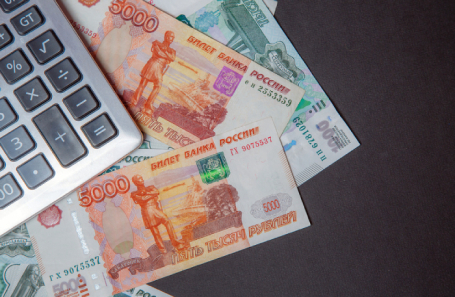Interest rates in some organizations have risen to 18%. What does this mean and how can you achieve favorable conditions?

In late May, major banks began to mass change conditions for their products. But the details are important. Some banks offer the maximum interest rate only in the first two to three months of using the product. For example, in Sberbank, the increased interest rate of 16% on a savings account only applies in the first three months, then it’s 10%. The rate can also increase if you open an account or deposit for the first time, or if you receive your salary or pension from this bank. This system works at VTB and Rosbank, where you need to spend a minimum of 10,000 rubles per month to increase the interest on the account.
With a deposit, the term for which it is opened and the amount of funds deposited will be important. In the case of Sberbank, it’s 18% only for deposits for six months. Additionally, the interest rates will increase if you use paid options from the bank, such as services and subscriptions. You can check all the conditions using the calculators on the bank’s websites or through their online applications.
In May, the limits for transferring money through the FPS from different banks to oneself significantly increased. Now you can transfer up to 30 million rubles per month without any fees. This has become a serious incentive for banks to compete for customers, note experts. However, it is unlikely that the same bank will maintain a high interest rate for long, explains Ilya Vasilkov, a product manager for “Deposits” at “Compare”:
A savings account, unlike a deposit, does not guarantee a constant interest rate. The bank can change it at any time without your consent. However, with a deposit, this is not possible — all the conditions are initially defined and cannot be changed.


